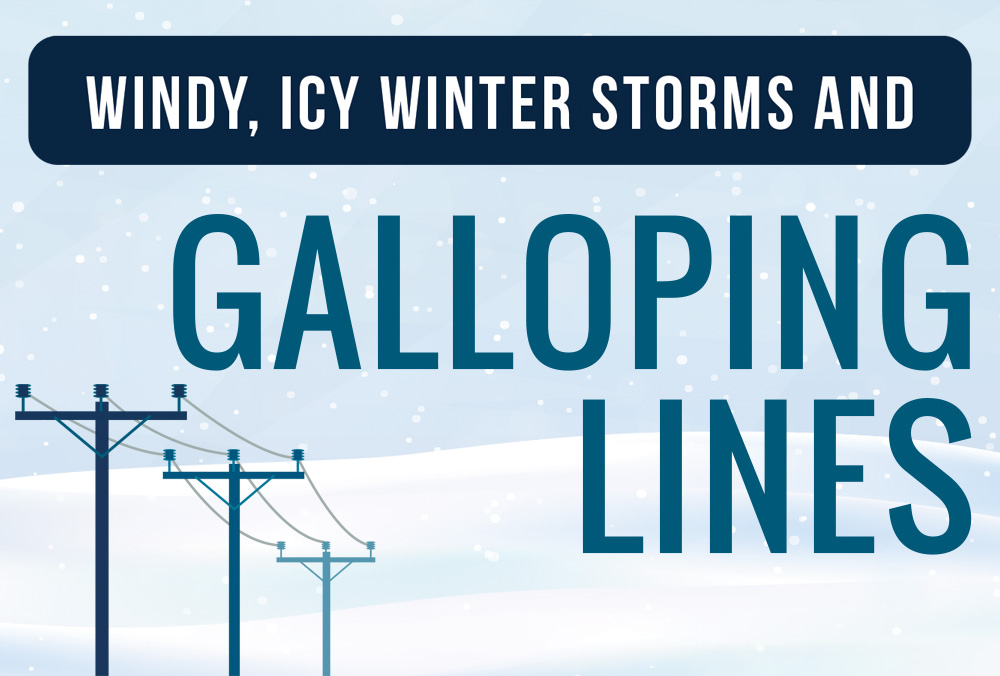It’s winter in Indiana. That means storms with wind, snow, and ice. When high winds and ice combine, it can affect power lines in a unique way, causing them to “gallop.”
When ice accumulates on power lines, it forms a teardrop shape. If there are strong winds, the ice that builds up is only on one side of the power line, taking on the shape of an aerodynamic airplane wing, which results in the line lifting. This is known as “galloping.”
When this excessive buildup occurs, it changes the flow of air around the line, which causes it to start the galloping movement. Galloping can damage the lines, cause power outages, and even cause cross-arms to break, bringing lines to the ground. When galloping causes the lines to touch, you might see a small flash, or the lights in your home might blink.
Once galloping starts, there isn’t much that can be done to alleviate the issue until the winds stop.
If you encounter power lines swaying or galloping dangerously, warn others to stay away and contact Northeastern REMC as soon as possible. Remember, snow can hide dangerous, downed lines, especially if the lines are sagging and the cross arms are broken.
It is important to keep your distance from these downed power lines no matter the season. When you see a power line out of place, never touch it; never approach it. The result could be deadly! The best course of action is to steer clear and call 911.

